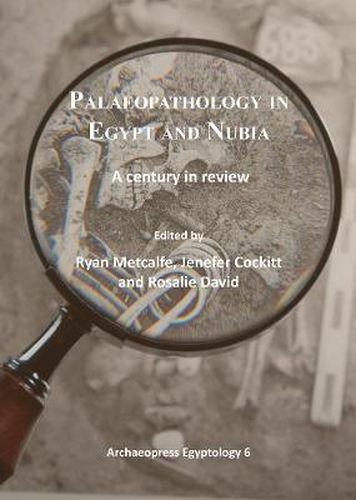Readings Newsletter
Become a Readings Member to make your shopping experience even easier.
Sign in or sign up for free!
You’re not far away from qualifying for FREE standard shipping within Australia
You’ve qualified for FREE standard shipping within Australia
The cart is loading…






The study of human remains from ancient Egypt and Nubia has captured the imagination of many people for generations, giving rise to the discipline of palaeopathology and fostering bioarchaeological research. This book contains 16 papers that cover material presented at a workshop entitled ‘Palaeopathology in Egypt and Nubia: A Century in Review,’ held at the Natural History Museum, London (August 29-30, 2012), which formed part of a three-year research project, ‘Sir Grafton Elliot Smith: Palaeopathology and the Archaeological Survey of Nubia.’ The papers explore the subject of palaeopathology from its beginnings in the early 1900s through to current research themes and the impact of technological development in the field. Revealing the diverse range of methods used to study human remains in these regions, the book gives readers an insight into the fascinating work carried out over the last century, and suggests some possible future directions for the field.
$9.00 standard shipping within Australia
FREE standard shipping within Australia for orders over $100.00
Express & International shipping calculated at checkout
The study of human remains from ancient Egypt and Nubia has captured the imagination of many people for generations, giving rise to the discipline of palaeopathology and fostering bioarchaeological research. This book contains 16 papers that cover material presented at a workshop entitled ‘Palaeopathology in Egypt and Nubia: A Century in Review,’ held at the Natural History Museum, London (August 29-30, 2012), which formed part of a three-year research project, ‘Sir Grafton Elliot Smith: Palaeopathology and the Archaeological Survey of Nubia.’ The papers explore the subject of palaeopathology from its beginnings in the early 1900s through to current research themes and the impact of technological development in the field. Revealing the diverse range of methods used to study human remains in these regions, the book gives readers an insight into the fascinating work carried out over the last century, and suggests some possible future directions for the field.